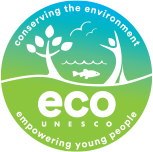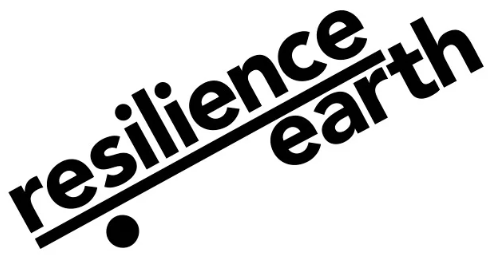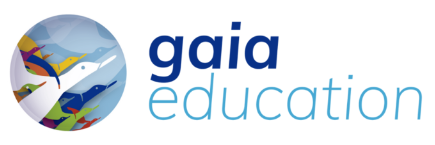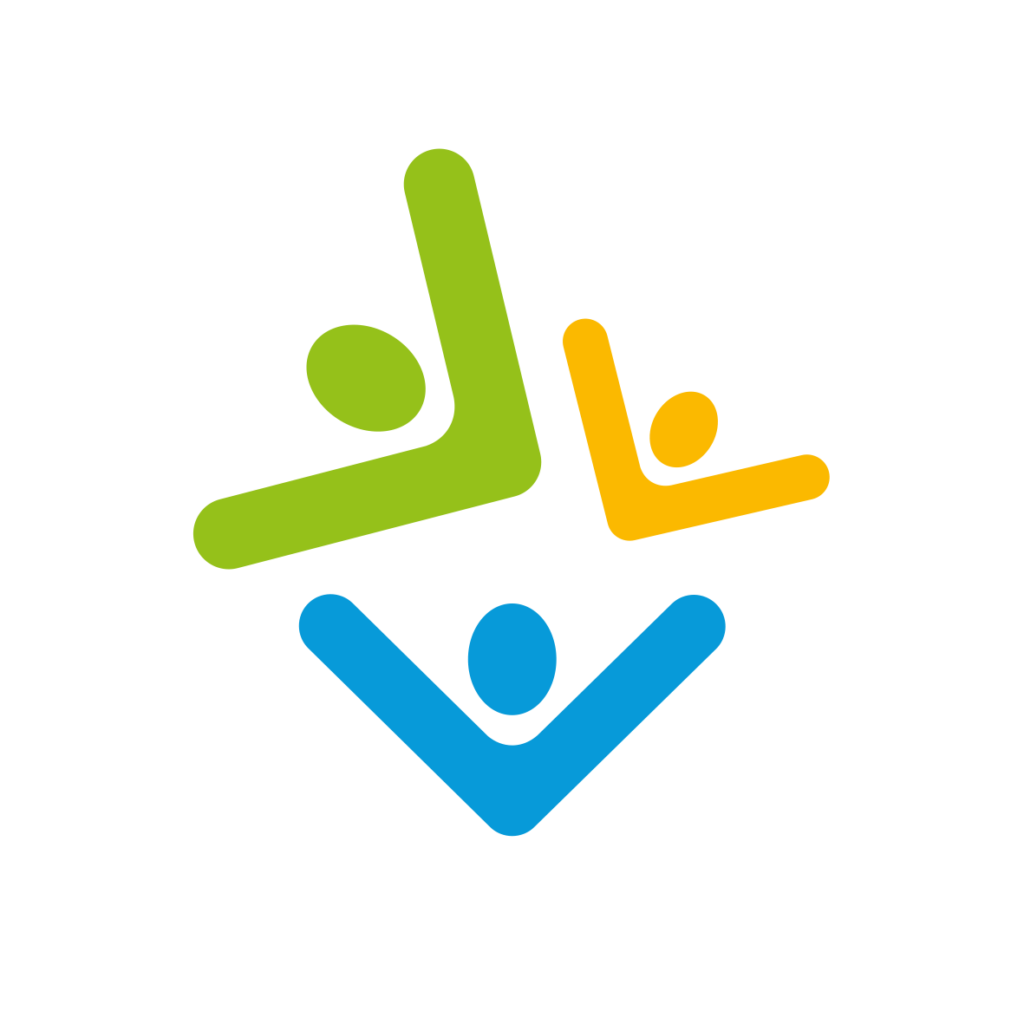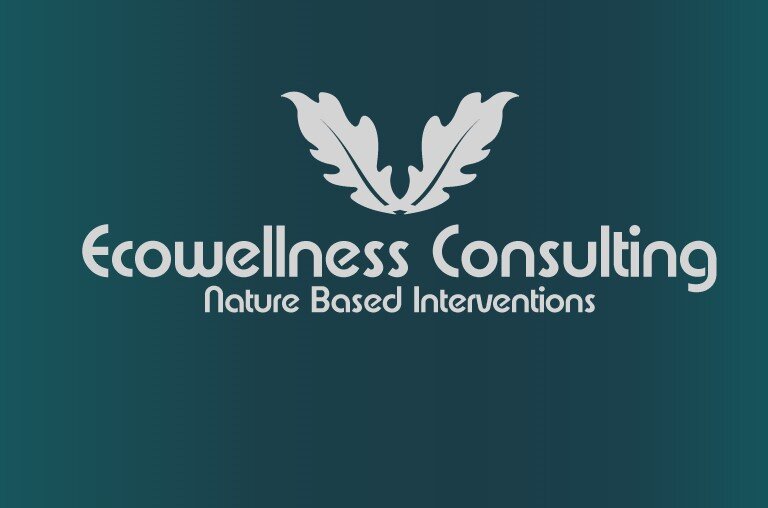Time to complete: Use throughout your environmental journey.
Age: 16-25
Toolkit for Youth Eco-Activism
Nourishing Well-Being and Catalysing Collective Action for Earth
About this course
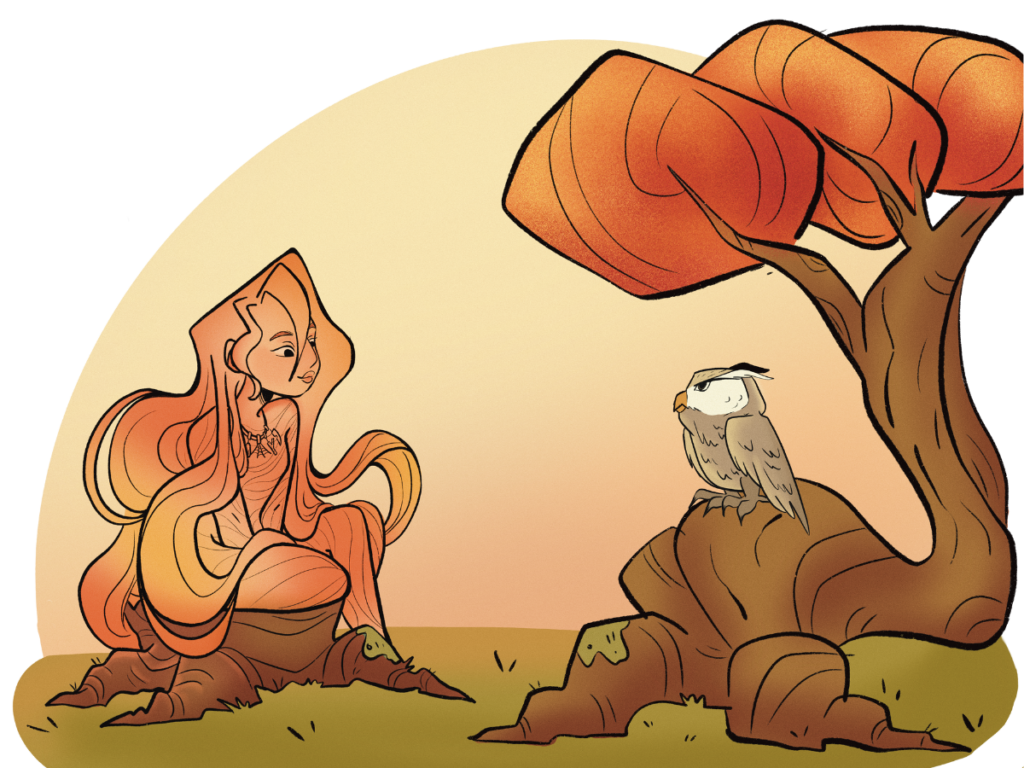
Go on a journey of eco-activism using our online Toolkit for Eco-Activism!
This course follows River on her journey of self-discovery and action, building a community of like-minded people on the way, and gaining the skills and confidence to get involved in eco-activism.
This Toolkit is the result of the collaborative project, Youth Action for Nature and Wellbeing. The project was funded by Erasmus+ and involved a strategic partnership between six non-governmental organisations: ECO-UNESCO, Resilience.Earth, Gaia Education, The Rural Parliament of Slovakia, Youth for Smile (Jaunatne smaidam), and Ecowellness Consulting. Together, the partners collaborated with young people across Ireland, Slovakia, Latvia and Catalonia to co-design an educational toolkit for youth eco-activism. The project ran from 01/05/2021 to 31/08/2023 and the partnership continues to support those looking to engage with the toolkit.
In addition to this online course, the toolkit is available as a printed book and in PDF format. Full details of the project and its outputs, including case study, pedagogy design guide and evaluation tool, can be found here.
Why do this course?
This course has been designed by young people for young people, aged 16 to 25. Whether you are an eco-activist, an educator, or a young person interested in the environment, this toolkit can have implications for your life and help you respond to social-ecological challenges.
How to Use the Toolkit
This course has been designed by young people for young people, aged 16 to 25. The toolkit can be used independently by the youth. It is primarily intended for individuals who wish to establish a collective group of local youth eco-activists. However, if you already have a group to collaborate with, that is fantastic.
There are two ways to use the toolkit, depending on your needs and interests as an eco-activist. One way is is to follow the toolkit linearly through the 6 Phases of Activism, or alternatively you can follow the Learning Icons, as illustrated below.
The 6 Phases of the Toolkit
The toolkit can be read linearly, from start to finish through 6 Phases of Activism. Along the way, you and River, the main character of the toolkit, will encounter a variety of animals that will present tools and activities for eco-activists to try, getting creative and using nature as a canvas. If you are new to eco-activism, we recommend you work through the 6 phases one after the other.
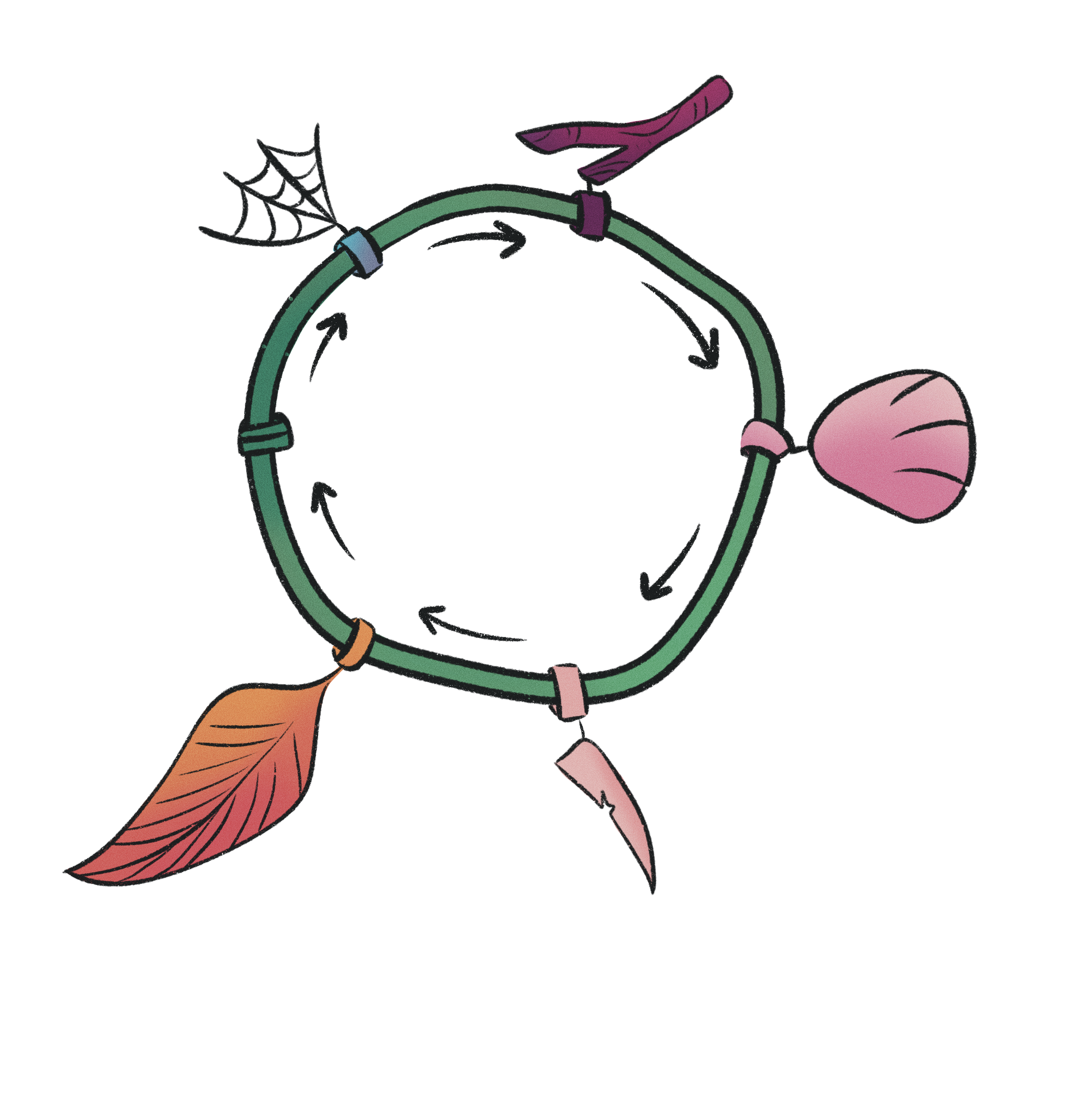
The 7 Learning Icons
Another possibility is to navigate your way through the toolkit using the 7 learning icons, following your interests or needs at the time. If you are already engaged with eco-activism, you may find it more helpful to focus on what is needed at the moment or skip certain phases of your journey.
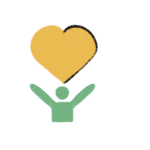
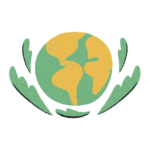
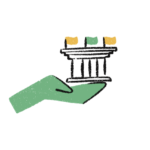
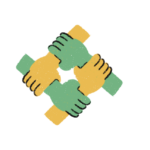
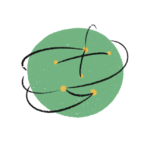
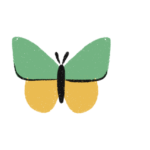
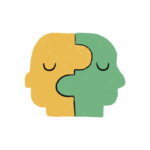
The project partners used design thinking methods to develop this toolkit. Design thinking involves placing the end user (in this case, youth eco-activists) at the heart of the design processes. To ensure the toolkit’s content would be relevant, appropriate, and effective, the Youth Action for Nature and Well-Being project hosted four international youth events in Ireland, Slovakia, Latvia and Catalonia. During these events, the project partners trialled and developed innovative new teaching and learning methods based on partners’ experience in the field. Youth engagement with the activities and formative feedback transformed the event activities into an exciting toolkit that provides an opportunity to rethink how we work, learn, and exist on our planet. As future custodians of the world, today’s youth can be accompanied and supported by this toolkit, to tackle social-ecological challenges, to grow into environmental stewards and to become regenerative practitioners.
The toolkit is aimed at young people aged 16-25 and features a huge variety of learning methods and topics. The core design concept was to support the youth in building resiliency within their eco-activism. It has been designed by young people, for young people. In this way, the toolkit can be engaged without the need for expert facilitators or youth workers. Some of the activities have templates which can be found in the Materials tab above, or downloaded directly from the ‘Topic’. There are also some references to websites that have hyperlinks throughout this toolkit.
This toolkit is a culmination of the great work of many organisations and young people who took part in The Youth Action for Nature and Well-Being project. Expertise was shared from a range of stakeholders and co-designers. Particular thanks go to Cristina Castellana Tenedor, Erika Zárate, Jakub Dvorsky, Monika Slaninova, Òscar Gussinyer Galceran, Pedro Pedrosa, Renārs Manuilvos, Richard Hennery, Shirley Gleeson, and Yan Teixeira.
Graphic project by Particheli Studio
Creative direction by Bianca Particheli
Design and graphics by Barbara Bianco
Illustrations by Victoria Souza and Bianca Particheli
Cover image by Victoria Souza
Contact: bianca@particheli.com
Lead partner: ECO-UNESCO
Contact: info@ecounesco.ie
This art work in this toolkit is license under a Creative Commons Attribution-NonCommercial-NoDerivatives 4.0 International Public License. Full details of the License can be found here: https://creativecommons.org/licenses/by-nc-nd/4.0/legalcode
Adrián Kopecký, Adrians Gabriels Alenčiks, Agnès Hernandez Berga, Agnese Rāte, Aida Font Martínez, Ailita Volkova, Aina Cortada Quintero, Aleksandra Maija Kļaveniece, Alexander Chrobák, Alise Salnāja, Andreas Grogan, Anjelica Foley, Anna Chovanová, Anna McWey, Anna Šņore, Ava Hagan, Barbora Stigova, Berta Batlle Mallol, Caoimhe McGrath, Carla Güell, Cèlia Colldecarrera Sunyer, Clàudia Jané Martínez de la Casa, Cora Coll Solà, Dagnis Timofejevs, Daniel Belian, Darens Adrians Vovks, Dominika Hammelová, Dorota Krátka, Edvīns Litčenko, Elmārs Ņērbulis, Ema Jarabekova, Ema Korbasova, Emma Cox, Grau Cifuentes Tremoleda, Isabelle Relyea, Jack Noonan, Jack Mulholland, Jēkabs Ozols, Jenny Salmon, Jessica Soares, Jiayue Laura Shao, Joana Parés Cornet, John Isaacs, Julen Vallès, Júlia Batlle, Julia Magallanes Campos, Karen Gill, Kārlis Ansons, Katarína Turanová, Katerina Poutchnine Costa, Kayleigh Harris, Kristers Dulevičs, Kristiāna Rupeika, Kristiāns Jakuška, Ksenija Jakovicka, Laia Canals Danés, Laura Afanasjeva, Lili-An Martin Montalvo, Lívia Zajaková, Lluc Girgas Tejon, Maia Beà Pascual, Mamma Ben Youssef Rahmouni, Marianna Jochlíková, Mario Gutiérrez Guardiola, Markuss Bruno Reisels, Markuss Mikus Puziņš, Matas Babrauskas, Matthew Murray, Mayu Inoue, Melānija Raimonda Alenčika, Michal Kisel, Nada Bellova, Nina Melicherová, Núria Altarriba, Oskars Sabo, Pau Vicenç Micó Gómez, Peter Belicak, Radia O’Gorman, Ralfs Beikmanis, Rebeka Melicharova, Renārs Strūve, Ríanna Carroll, Roland Fleischhacker, Roman Stefanik, Romana Jarabekova, Romāns Bažanovs, Ronalds Volodka, Rosangela Condori Chavez, Salim Ali Kajani, Samanta Marjeta Eglīte, Samuel Bratko, Samuel Sadlak, Sara Hana Slaninová, Sarah Rapple, Sidhanta Gupta, Simon Bahno, Sinéad O’Reilly, Sofia Keogh, Solvita Birīte, Sunna-Miwa Anderson Anderson, Veronika Kyselova, Yasmin Nabil Miftah Al Sadai, Zita Neurathová.
Without all of you, this toolkit would not have been possible. Thank you.
